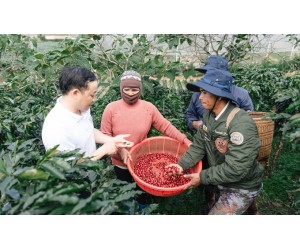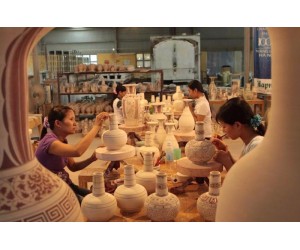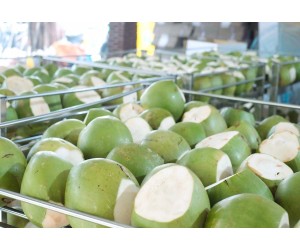On August 8, 2023, the Animal and Plant Health Inspection Service (APHIS) under the United States Department of Agriculture sent a letter to the Plant Protection Department (Ministry of Agriculture and Rural Development) informing about the opening of the market for fresh coconuts from Vietnam.
Previously, on August 7, 2023, APHIS completed updating the online database of agricultural commodity import requirements (ACIR) to approve the import of fresh coconuts from Vietnam.
To achieve the above results, APHIS and thePlant Protection Department agreed on a pest risk analysis report for partially shelled coconuts imported from Vietnam to the United States. The two sides confirmed that there were no pests subject to plant quarantine accompanying the goods and determined that the young fresh melon had partially removed the shell (at least 3/4 of the outer green shell), with the risk of spreading pests being negligible.
Botanically, coconuts are classified as drupes. The coconut consists of an outer shell (also called the husk), a middle shell (coconut fiber), and a hard shell of a small coconut inside. The small coconut inside (also called the coconut kernel) has a hard, woody shell that surrounds the flesh (endosperm) and liquid (milk or water). The coconut kernel has three large, slightly sunken cavities. The outer shell is a shiny shell, usually green, yellow-green to yellow-brown.
Thus, Vietnamese coconuts imported into the United States can be in the form of completely removed outer shells and coir fibers or in the form of young coconuts with at least 75% (3/4) of the outer green husk removed. Because APHIS classifies dehulled coconuts as non-germinating commercial coconuts, the flesh and coconut water inside can be used for food, so the only phytosanitary requirement is that these shipments be inspected at U.S. ports of entry.




